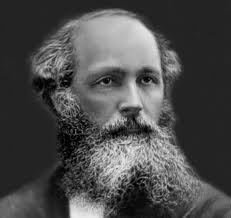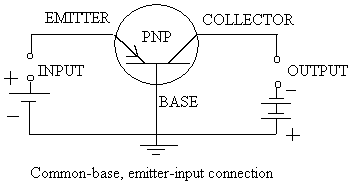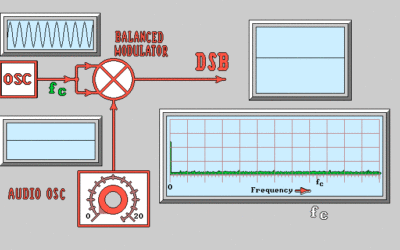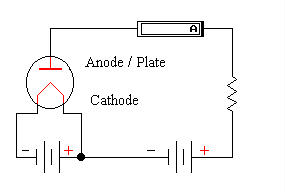 When a diode is connected in series with other circuit components, current can flow in only one dirction in all of these components. This characteristic makes the diode a useful device for “rectifying”, or converting AThe diode vacuum tube has only 2 electrodes – a cathode, and a plate (or anode). We briefly hinted that there were other types of tubes tried over the years, with more electrodes added. C into DC.
When a diode is connected in series with other circuit components, current can flow in only one dirction in all of these components. This characteristic makes the diode a useful device for “rectifying”, or converting AThe diode vacuum tube has only 2 electrodes – a cathode, and a plate (or anode). We briefly hinted that there were other types of tubes tried over the years, with more electrodes added. C into DC.
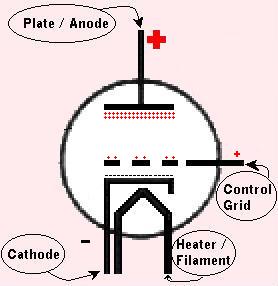 In 1906, Lee DeForest developed the Audion, later called the Triode because it had 3 electrodesThe third electrode, called the Grid, was placed between the cathode and the plate. The Grid was a piece of wire mesh, coil, perferated metal, or other shape that would allow electrons to pass through it. Physically, the Grid is much closer to the cathode than it is to the plate.The purpose of the Grid, is to offer a way to control the flow of electrons to the plate. For this reason, the Grid is sometimes referred to as the “Control Grid”.
In 1906, Lee DeForest developed the Audion, later called the Triode because it had 3 electrodesThe third electrode, called the Grid, was placed between the cathode and the plate. The Grid was a piece of wire mesh, coil, perferated metal, or other shape that would allow electrons to pass through it. Physically, the Grid is much closer to the cathode than it is to the plate.The purpose of the Grid, is to offer a way to control the flow of electrons to the plate. For this reason, the Grid is sometimes referred to as the “Control Grid”.
During normal operation, the Plate is kept at a Positive DC potential in relation to the Cathode, so that it always attracts electrons. ( memory note: P = P…. Plate = Positive). The Negative electrons being boiled off the Cathode, are attracted to the Positive plate, and begin to flow in that direction. The more Positive the Plate is, the greater the attraction, and the more electrons flow. We will assume, however, for the sake of our discussion, that we have a fixed high Positive voltage on the plate, and a fixed Negative voltage on the Cathode. We have current flowing from the Cathode to the Plate at a fixed rate.
Now we apply a voltage to the Grid. If we apply a small Positive voltage, electrons flow from the cathode toward the grid. Since the Grid voltage is small, and the Plate voltage is large, the electrons continue past the Gird on to the Plate. The Grid, being closer to the Cathode than the Plate is, gets the electrons moving in the direction of the Plate, and sort of helps them along their way. Because of this, more current flows to the Plate with a Positive Grid than with an un-energized Grid or no Grid at all.
If, however, we apply a Negative voltage to the grid, it creates a Negative field between the Cathode and the Plate. This field restricts the flow of electrons moving to the plate. Sort of like pinching a garden hose. The tighter we pinch it, the less water flow there is. The same is with the Control Grid of an electron tube. The more Negative we swing the grid, the less current flows at the plate.
So we find, then, that when the Grid Voltage swings Positive, Current flow is increased at the Plate, and when the Grid Voltage swings Negative, the Current flow is decreased at the Plate. Speaking “mathematically”, we would say that the “Grid Voltage is directly proportional to the Plate Current “. In plain english, we can say that we can control the CURRENT of the PLATE, by changing the VOLTAGE of the GRID.
So then, what happens when we apply an ALTERNATING current to the grid?
If we place an AC signal on the Control Grid of a triode, the signal swings from Positive, to Negative, then back to Positive. As it does so, the Plate Current swings directly with the Grid Voltage. If we have a fixed resistance load ( a resistor ) across the output of the Plate, we will notice that when the Plate Current goes High, the Plate Voltage goes Low. As the Plate Current goes Low, the Plate Voltage goes High. ( Ohms Law applies … E=IR ).
So if we compare, when the GRID Voltage swings High…. the PLATE Voltage swings Low. The Voltage at the Plate swings OPPOSITE the voltage of the Grid. The Output of the Plate will look like a mirror image of the Input to the Grid.
